Home>Ideas and Tips>Indoor Anthurium Care Tips for Tropical Flowering Houseplants
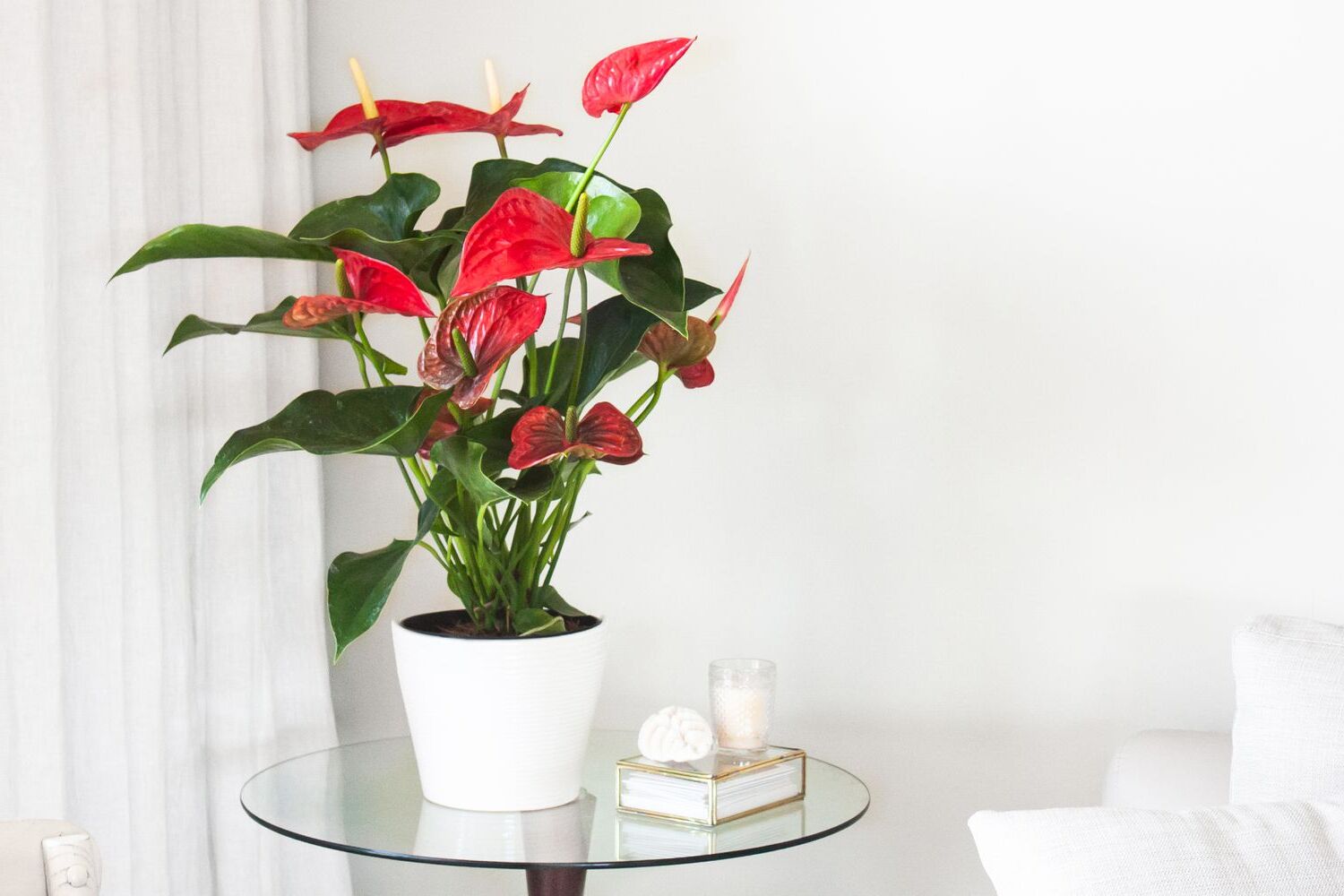

Ideas and Tips
Indoor Anthurium Care Tips for Tropical Flowering Houseplants
Published: September 3, 2024
Learn how to care for your indoor Anthurium with our expert tips on lighting, watering, soil, and more to keep your tropical houseplant thriving.
(Many of the links in this article redirect to a specific reviewed product. Your purchase of these products through affiliate links helps to generate commission for Storables.com, at no extra cost. Learn more)
Anthuriums, commonly known as the Flamingo Flower or Little Boy Plant, are a popular choice for indoor gardening due to their stunning blooms and elegant foliage. These tropical plants thrive in well-cared-for environments, but they can be quite particular about their conditions. In this article, we will delve into the intricacies of caring for an Anthurium indoors, covering everything from light and water requirements to temperature and humidity preferences.
Introduction to Anthuriums
Anthuriums belong to the Arum family and are native to the tropical regions of Central and South America. They are known for their long-lasting flowers, which come in a variety of colors including red, white, pink, maroon, green, purple, and bi-colors. The plant's waxy blooms can last up to six weeks, making them a beautiful addition to any room.
Types of Anthuriums
There are numerous species and varieties of Anthuriums, each with its unique characteristics. The most commonly sold houseplant is the Anthurium andraeanum, which is known for its vibrant red flowers. Other popular varieties include the Anthurium clarinervium and the Anthurium ruffles, which are prized for their striking foliage.
Lighting Requirements
Lighting is one of the most critical factors in caring for an Anthurium indoors. These plants prefer bright, indirect light but can adapt to low light conditions. However, direct sunlight should be avoided as it can scorch the leaves and cause them to turn yellow or develop brown tips.
Ideal Lighting Conditions
For optimal growth and flowering, place your Anthurium near a sunny window but not directly in the sun's rays. East- or west-facing windows are ideal because they provide gentle, indirect light throughout the day. If you don't have access to natural light, you can supplement with grow lights to ensure your plant receives enough illumination.
Rotating the Plant
To ensure even growth and prevent the plant from leaning towards one side, rotate your Anthurium every few months. This is particularly important if you have placed it in a corner or against a wall. Regular rotation will help maintain the plant's natural balance and promote healthy growth.
Watering Tips
Watering is another crucial aspect of Anthurium care. These plants prefer well-draining soil and should never be left to sit in water. Overwatering can lead to root rot, while underwatering causes the leaves to turn brown.
Watering Frequency
The frequency of watering depends on the season and the plant's environment. During the hot summer months, your Anthurium may need water daily or every other day. In the autumn and winter months when growth slows down, reduce watering to once a week. Always check the moisture level of the soil before watering by sticking your finger into the soil up to the first knuckle. If the soil feels dry, it's time to water.
Watering Techniques
When watering your Anthurium, make sure to water thoroughly until liquid flows through the drainage holes at the bottom of the pot. Discard any water that accumulates in the saucer to prevent root rot. If you notice that your water is too hard, it can cause mineral buildup on the leaves. To avoid this, use rainwater or let tap water sit overnight before using it.
Special Considerations
In dry climates or during dry winter months, it's essential to maintain high humidity levels around your Anthurium. You can achieve this by misting the plant frequently or using a pebble tray with water in it. This will help keep the air moist and prevent the plant from drying out.
Soil and Potting Mix
Anthuriums require a well-draining potting mix that allows for good air circulation around the roots. A mix specifically designed for orchids or aroid plants is ideal as it provides the necessary drainage and moisture retention.
Recommended Potting Mix
You can either purchase an aroid potting mix or create your own by mixing equal parts of perlite, high-quality potting soil, and orchid bark. Adding sphagnum moss at the top of the soil ensures that the entire root system receives adequate moisture and prevents the top part of the pot from drying out too quickly.
Clay Pots
For optimal root health, consider using clay pots (terracotta) for your Anthurium. These pots allow for better air circulation and help prevent root rot by drying out slightly between waterings.
Temperature and Humidity
Anthuriums thrive in warm temperatures between 65°F and 85°F (18°C and 30°C). Avoid placing your plant near heating vents or air conditioning units as sudden changes in temperature can stress the plant.
Ideal Temperature Range
While most Anthuriums can tolerate temperatures up to 85°F (30°C), they should not be exposed to temperatures below 60°F (15°C). Prolonged exposure to cooler temperatures can damage the plant and reduce its ability to produce flowers.
Humidity Levels
Anthuriums prefer high humidity levels, typically above 50%. In dry climates or during winter months when humidity is low, use a humidifier or place the plant on a pebble tray filled with water to maintain optimal humidity levels.
Fertilization
Fertilizing your Anthurium regularly is crucial for its health and flowering. Use a high-phosphorus fertilizer during the growing season (spring and summer) as it encourages blooming.
Fertilizer Application
Dilute the fertilizer to half the recommended strength and apply it once a week during the growing season. Make sure to fertilize only when the soil is damp to prevent burning the roots. In the autumn and winter months when growth slows down, reduce fertilization to once a month.
Propagation
Propagating an Anthurium is relatively easy and can be done using side shoots (pups) or stem cuttings. However, side shoots are the fastest and safest method.
Propagation via Side Shoots
- Identify Side Shoots: Look for small plants growing around the base of your mature Anthurium. These are called side shoots or pups.
- Separate Pups: Carefully separate the pups from the mother plant using a sharp knife or pruning shears.
- Potting: Plant each pup in a well-draining potting mix and water thoroughly.
- Care: Treat the new plants as you would a mature Anthurium, providing them with bright indirect light, moderate watering, and regular fertilization.
Propagation via Stem Cuttings
- Cutting: Cut a section of stem from your mature Anthurium just below a node (where a leaf meets the stem).
- Rooting: Place the cut end in water or a rooting hormone solution to stimulate root growth.
- Potting: Once roots have developed, transfer the cutting to a well-draining potting mix.
- Care: Provide the new plant with bright indirect light, moderate watering, and regular fertilization.
Common Problems
Despite their relatively low maintenance requirements, Anthuriums can be susceptible to certain issues that need attention.
Read more: Essential Houseplants For Cleaner Indoor Air
Yellowing Leaves
Yellowing leaves can indicate too much direct sunlight or bacterial wilt. If you notice yellowing leaves due to direct sunlight exposure, move your plant slightly further away from the window. For bacterial wilt, ensure that your plant is not overwatered and consider treating it with an appropriate fungicide.
Floppy Leaves
Floppy leaves are often caused by overwatering which leads to root rot and fungal infections like Rhizoctonia. Reduce watering frequency and ensure good air circulation around the roots to prevent such issues.
Pruning and Maintenance
Regular pruning is essential for maintaining your Anthurium's health and promoting new growth.
Pruning Spent Flowers
Remove spent flowers as they appear to encourage further blooming. Cut off the flower spike just above a node using scissors or pruning shears.
Pruning for Shape
If your plant has become too large or unruly, prune it back slightly to maintain its shape. Remove any dead or damaged leaves or stems to prevent the spread of disease.
Conclusion
Caring for an Anthurium indoors requires attention to detail but is rewarding with its stunning blooms and elegant foliage. By understanding its lighting requirements, watering needs, soil preferences, temperature range, humidity levels, fertilization schedule, propagation methods, common problems, and pruning techniques, you can keep your tropical flowering houseplant thriving all year round. Whether you're a seasoned gardener or just starting out with indoor plants, an Anthurium is definitely worth considering for its beauty and relatively low maintenance needs.
By following these detailed care tips outlined in this article, you'll be well on your way to becoming an expert in caring for your very own Anthurium. With patience and proper care, these beautiful plants will continue to flourish in your home or office space, bringing joy and elegance through their vibrant blooms and lush greenery.
Was this page helpful?
At Storables.com, we guarantee accurate and reliable information. Our content, validated by Expert Board Contributors, is crafted following stringent Editorial Policies. We're committed to providing you with well-researched, expert-backed insights for all your informational needs.
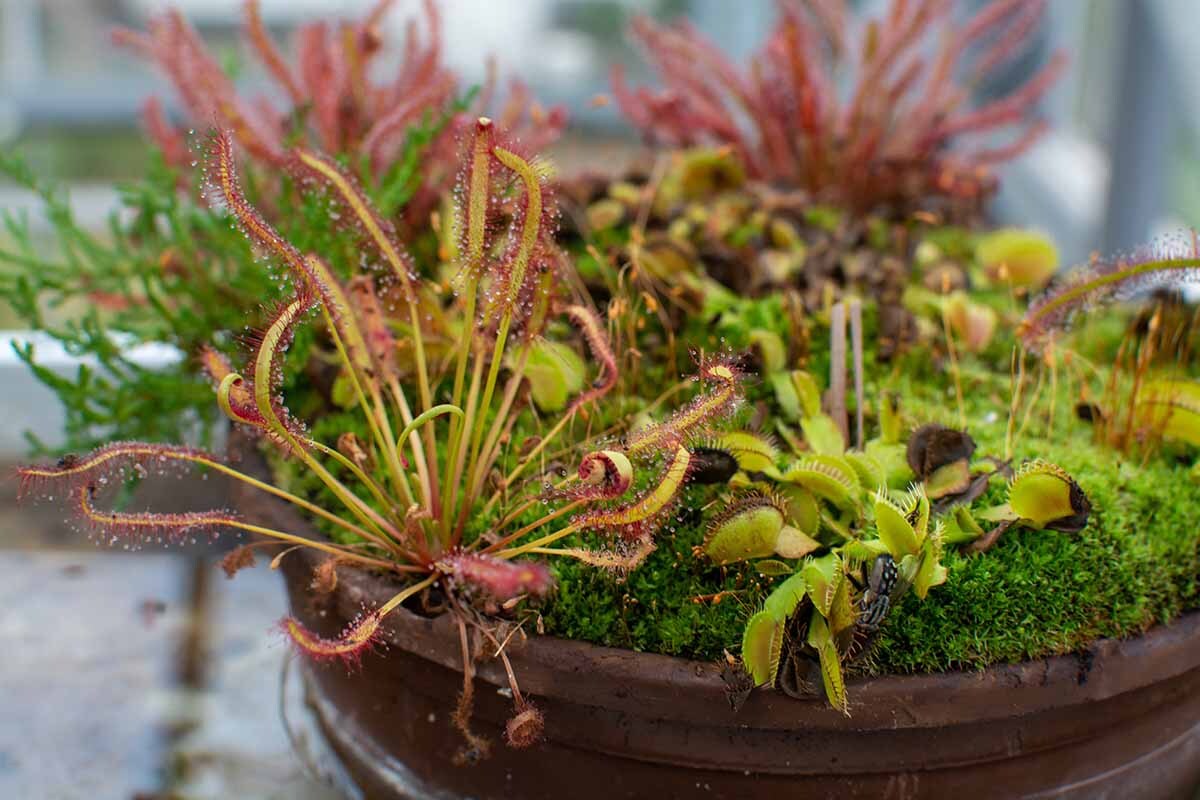


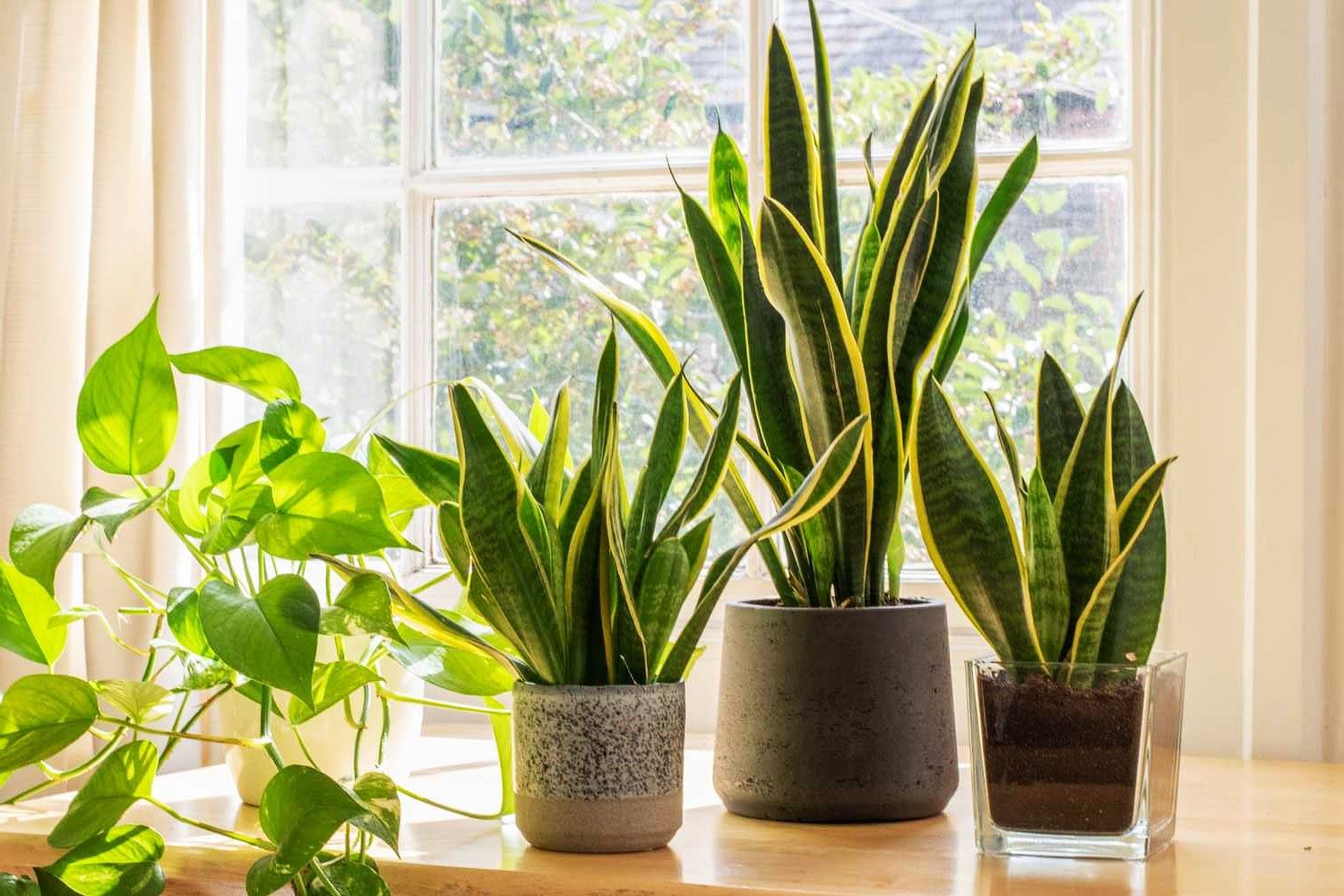

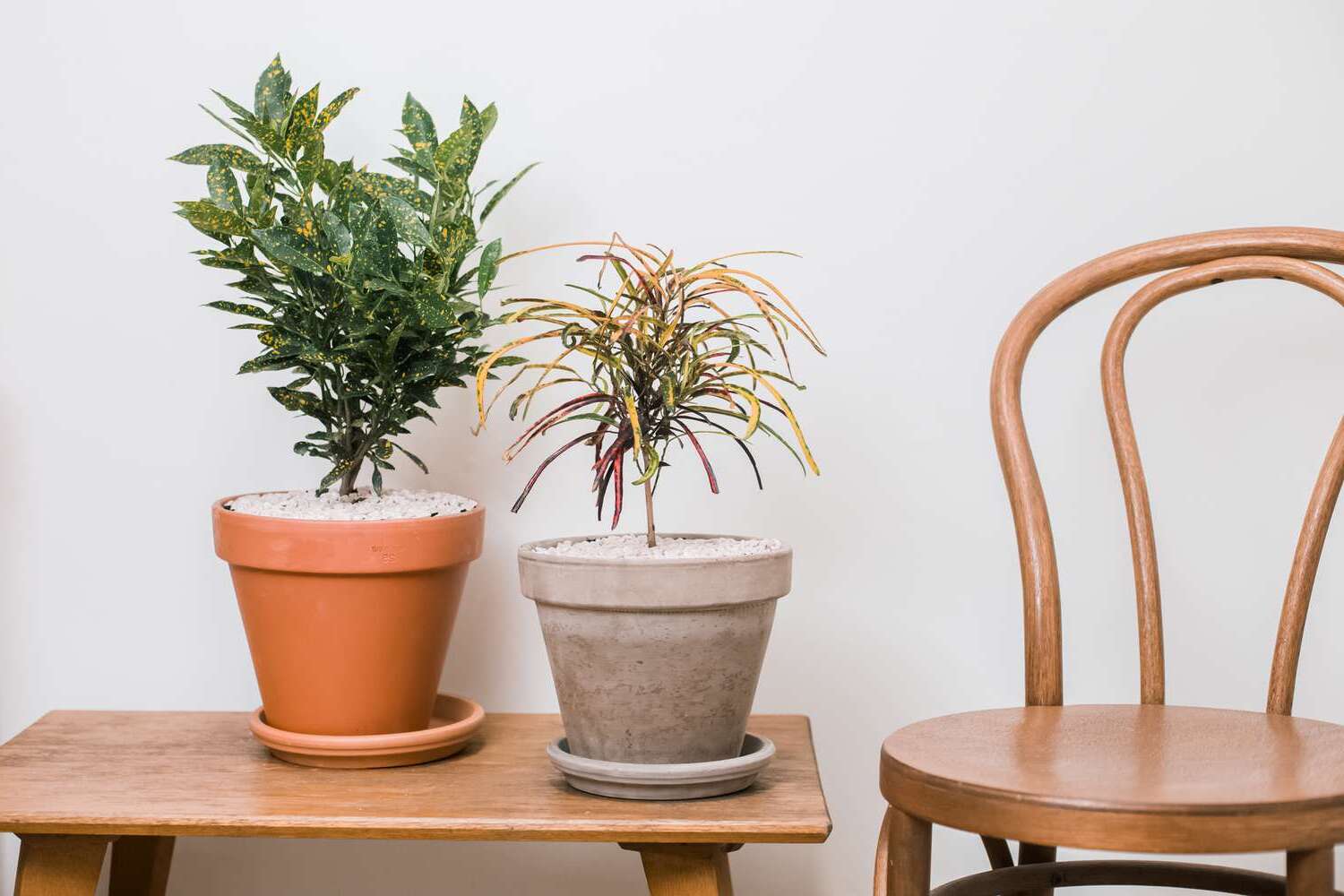
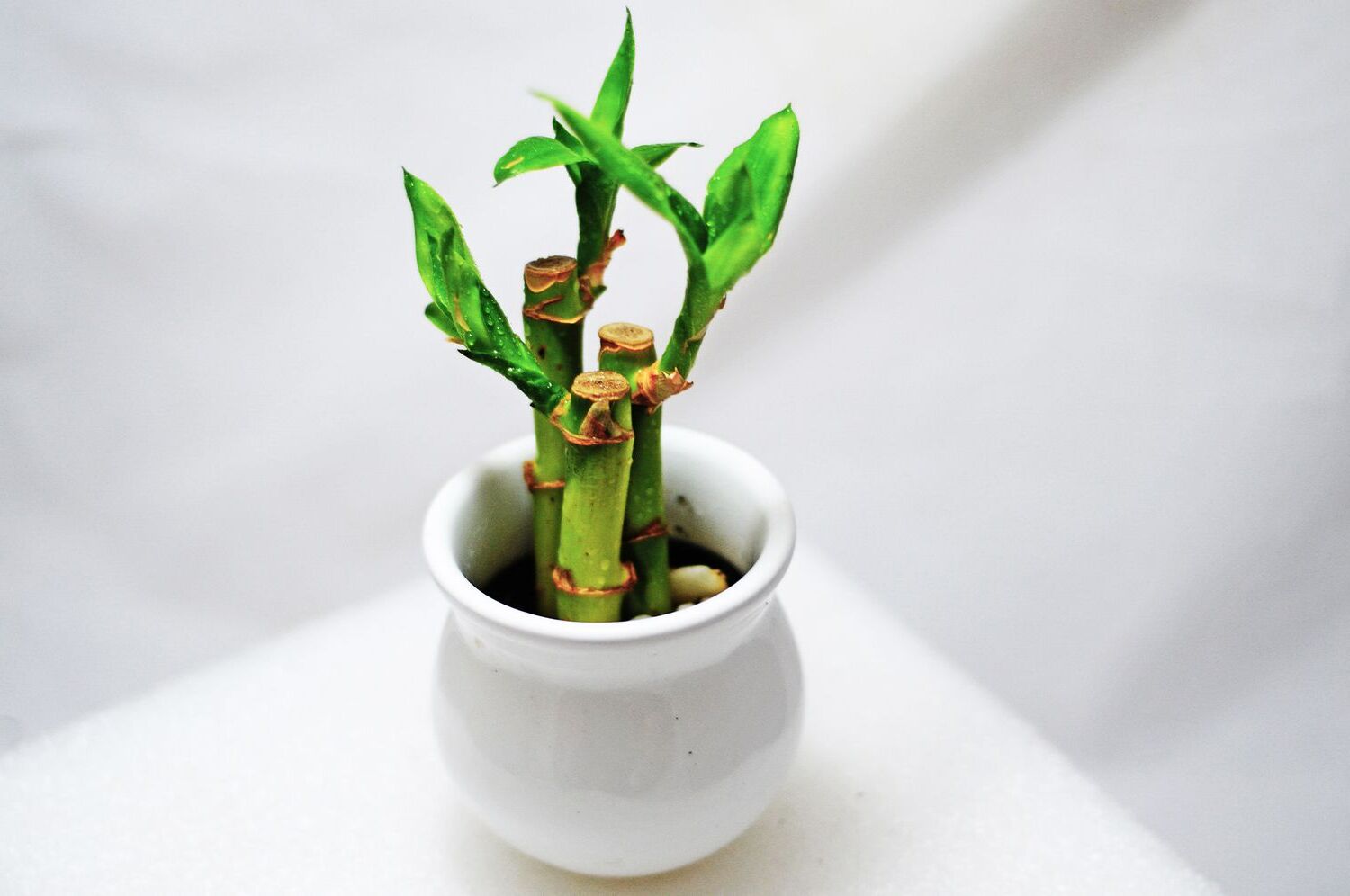
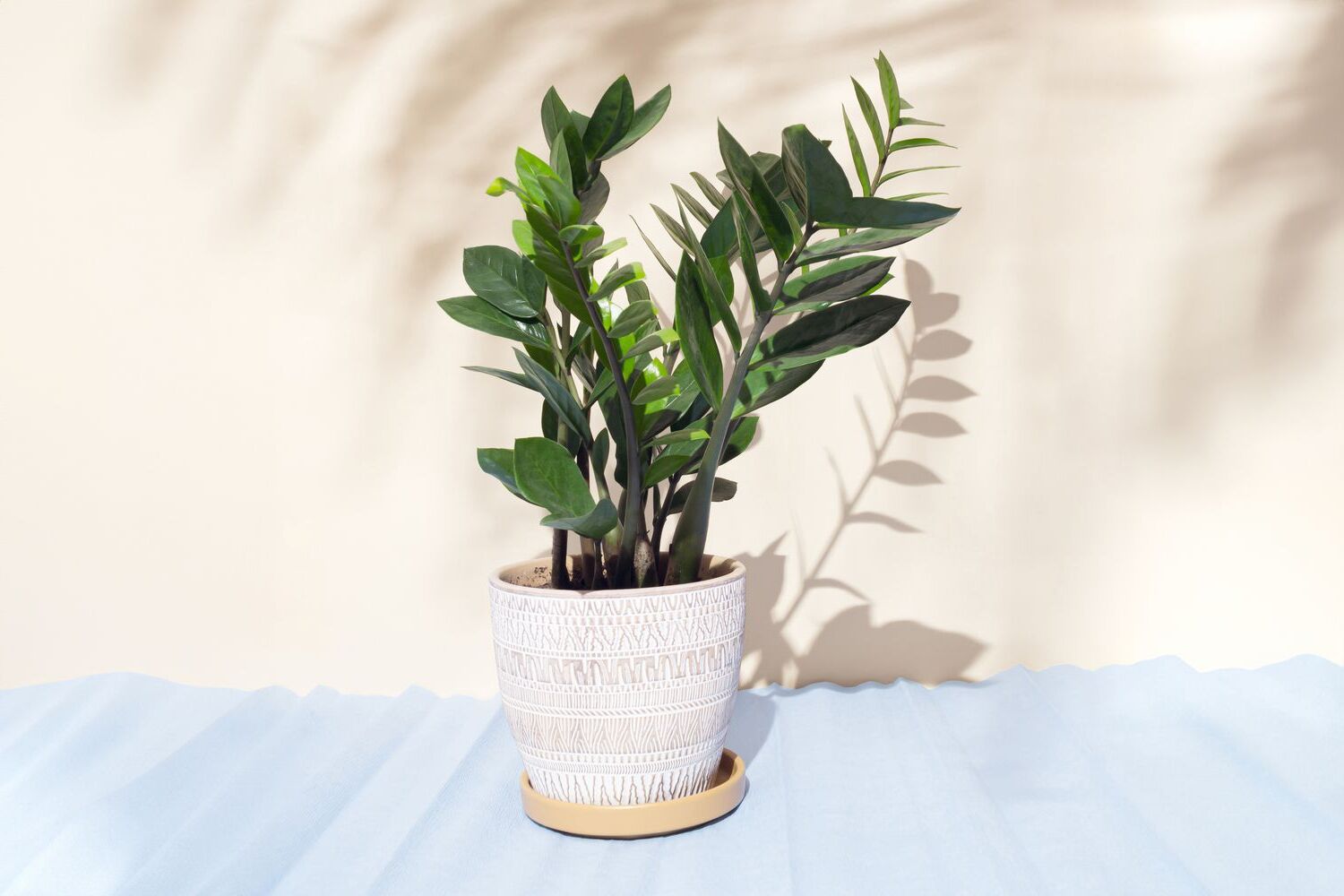
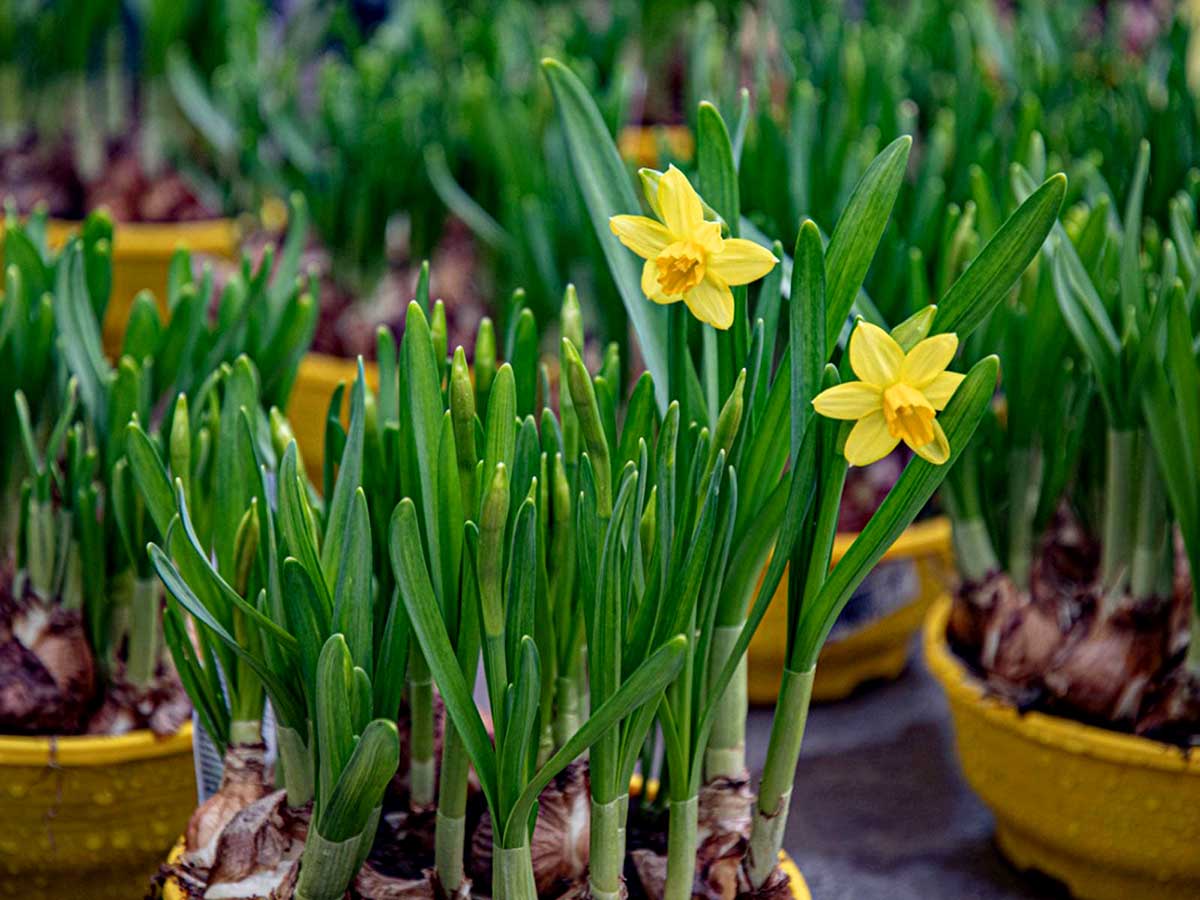

0 thoughts on “Indoor Anthurium Care Tips for Tropical Flowering Houseplants”